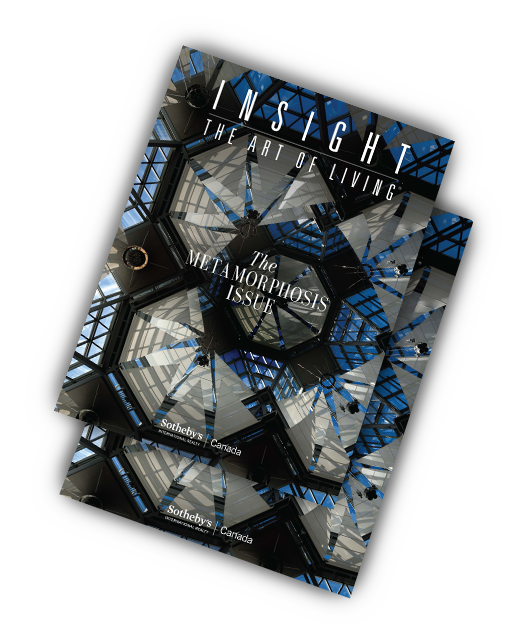While scanning the headlines in today’s political climate makes most people want to curl up into a ball, Bruce Mau believes there’s no better time to be alive.
“I’m what I call a fact-based optimist,” says the world-renowned Canadian designer and innovator. “It wasn’t that long ago that women were property, that people were property, that the likelihood of having [an] education, wealth or longevity was really low. Most people today have better access to education. They have better health and greater mobility and possibility than any other time in human history.”
Mau is excited by the sentiment. That’s because this Sudbury native has devoted a career spanning three-and-a-half decades to creating positive change in the world through design. For many people, the word itself conjures up images of things like cool graphics or luxury sofas. And though he has produced his share of conventional fare — everything from books and libraries to museums and concert halls — Mau’s definition of “design” takes on a deeper meaning.
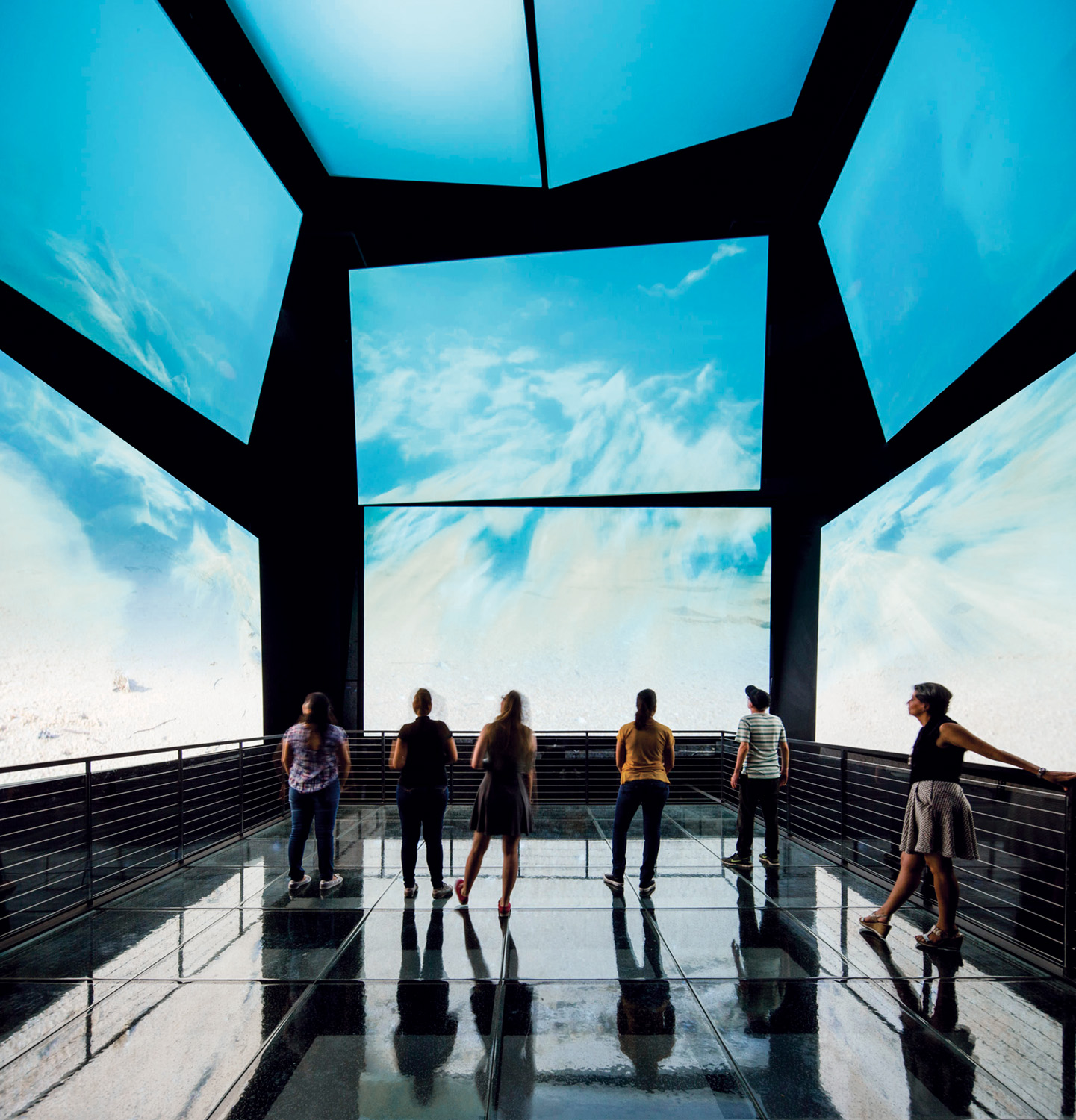
“Design is leadership. It’s the ability to envision a future and systemically execute that vision,” he explains. (Mau once went so far as to develop a speculative layout for the holy city of Mecca.) “The quality of design is the quality of life.”
While it may sound extreme, Mau, 58, certainly has the experience to back up his bold design-is-life philosophy. Together with wife Bisi Williams, he runs Massive Change Network (MCN), a global design consultancy based in Chicago, where the couple live with their three daughters, ages 22, 19 and 17. Their clients run the gamut, from big corporations like Coca-Cola (MCN created a campaign in which empty plastic bottles were upcycled into designer chairs) to Arizona State University (the MCN team conceived an entirely new style of curriculum) to FreemanXP, an experiential marketing agency for which Mau serves as chief design officer.
Recently, Mau curated and spoke at the inaugural Expo for Design, Innovation & Technology (EDIT), held in fall of last year in Toronto — a 10-day immersive event showcasing the latest innovations in health care, housing, education and food. The headline exhibit, “Prosperity for All,” featured projects offering solutions to world issues such as pollution and gender equality; for context, Mau presented a contrasting selection of photographs portraying global conflict and struggle. It was an ideal post for Mau, whose M.O. has always been about changing the world for the better.
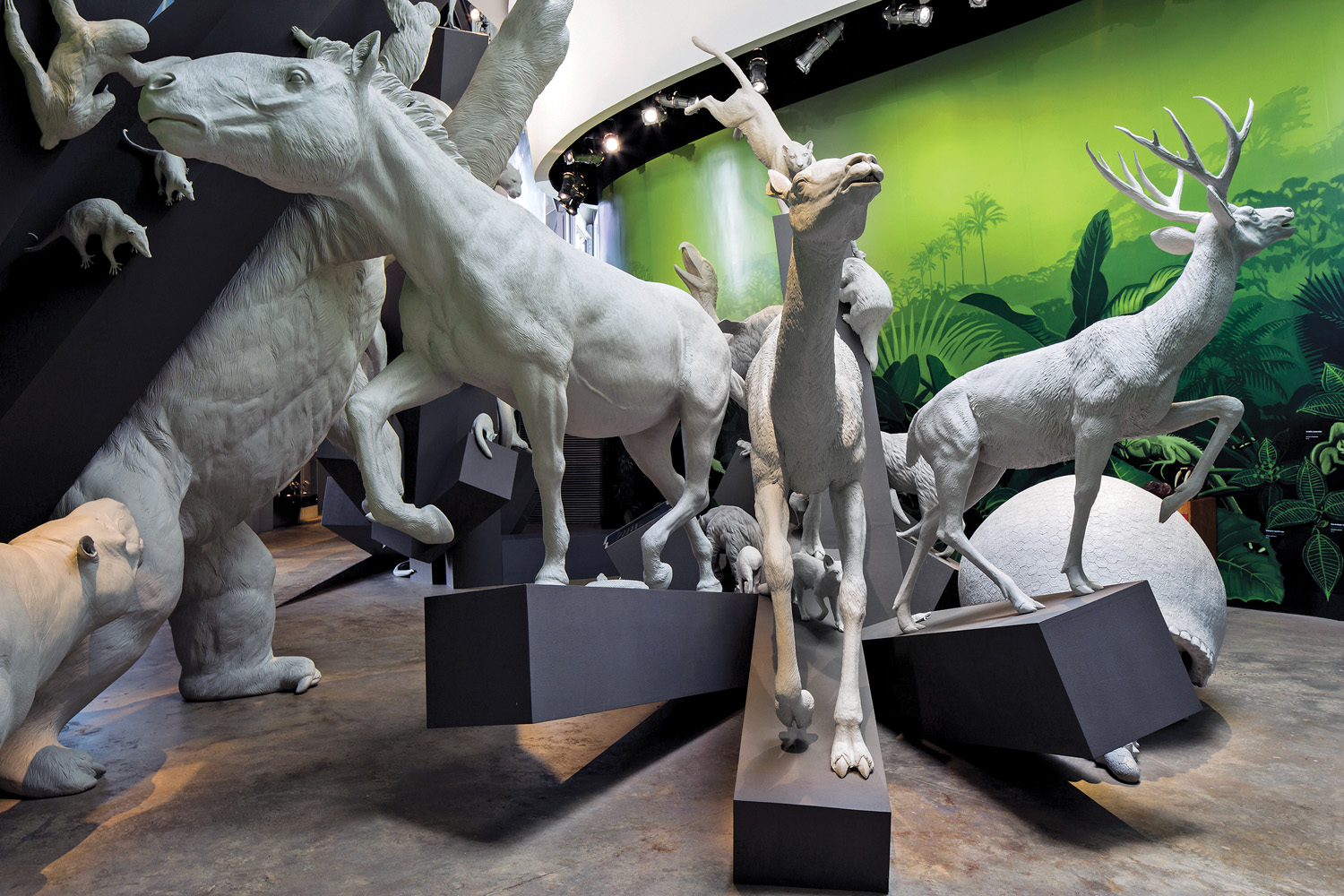
In the early ’80s, he co-founded Public Good Design, an agency deemed controversial at the time. “Remember, this was before NGOs were big. We said we’d only work on projects that make the world a better place. All these designers said, ‘Who do you think you are? What makes you think you can choose to do only the things you want?’ And I said, ‘Why wouldn’t I?’” recalls Mau with a laugh. He went on to launch Bruce Mau Design in 1985, where he took the creative helm until co-founding MCN in 2010.
Mau’s bold approach and steadfast belief in the power of design not only garnered him fame, it also opened up opportunities to collaborate with some of the most celebrated architects around the globe — Rem Koolhaas and Frank Gehry among them. One such alliance is a restoration project for the Los Angeles River, which flows 51 miles through urban L.A. To stop floods that had destroyed homes and property, the city initially opted for extreme measures — fill in the river with concrete, a solution in opposition to one of Mau’s guiding principles that reminds us that humans are not above nature. He believes we have a responsibility to design an ecosystem that sustains us. “We worked with the [LA] River Corporation on redesigning the river as a functioning ecology and infrastructure. We helped them define a vision. Now they’re working with Frank Gehry to implement it.”
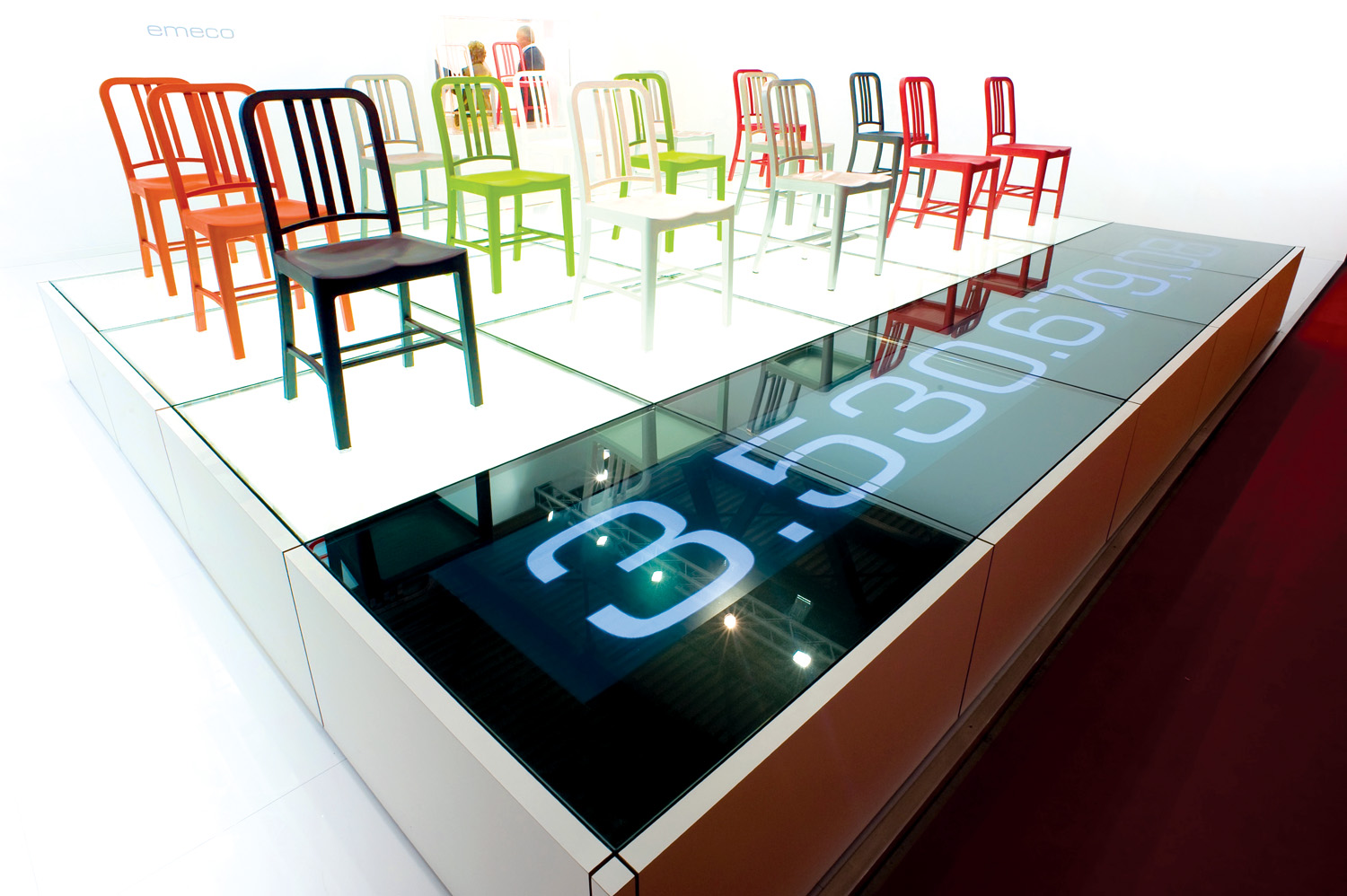
In addition to his myriad design projects and leadership roles, Mau has written or designed more than 200 books, including the celebrated architectural title S, M, L, XL. His 1998 book, An Incomplete Manifesto for Growth, still, to this day, has people talking and sharing its content. Comprised of 43 statements about Mau’s creative process, the book went viral. The theories it espoused — such as: “Think with your mind. Forget technology. Creativity is not device-dependent.” — are just as relevant today, 20 years post-publication.
“The Manifesto was really done in an intimate way, where I was looking at patterns in my own life,” says Mau. “It’s easy to be a hot designer for a few years. It’s a different thing to manage a sustainable life over the long haul.
“The free mind is so powerful, so rich with possibility. I’ve had such an incredible life working with creative people. I worked with [famed sculptor] Claes Oldenburg — one of the most inventive minds you could ever imagine — who showed us that with a pencil and a piece of paper, you can change the world. That’s the message, ultimately, that a free mind is what changes the world.”
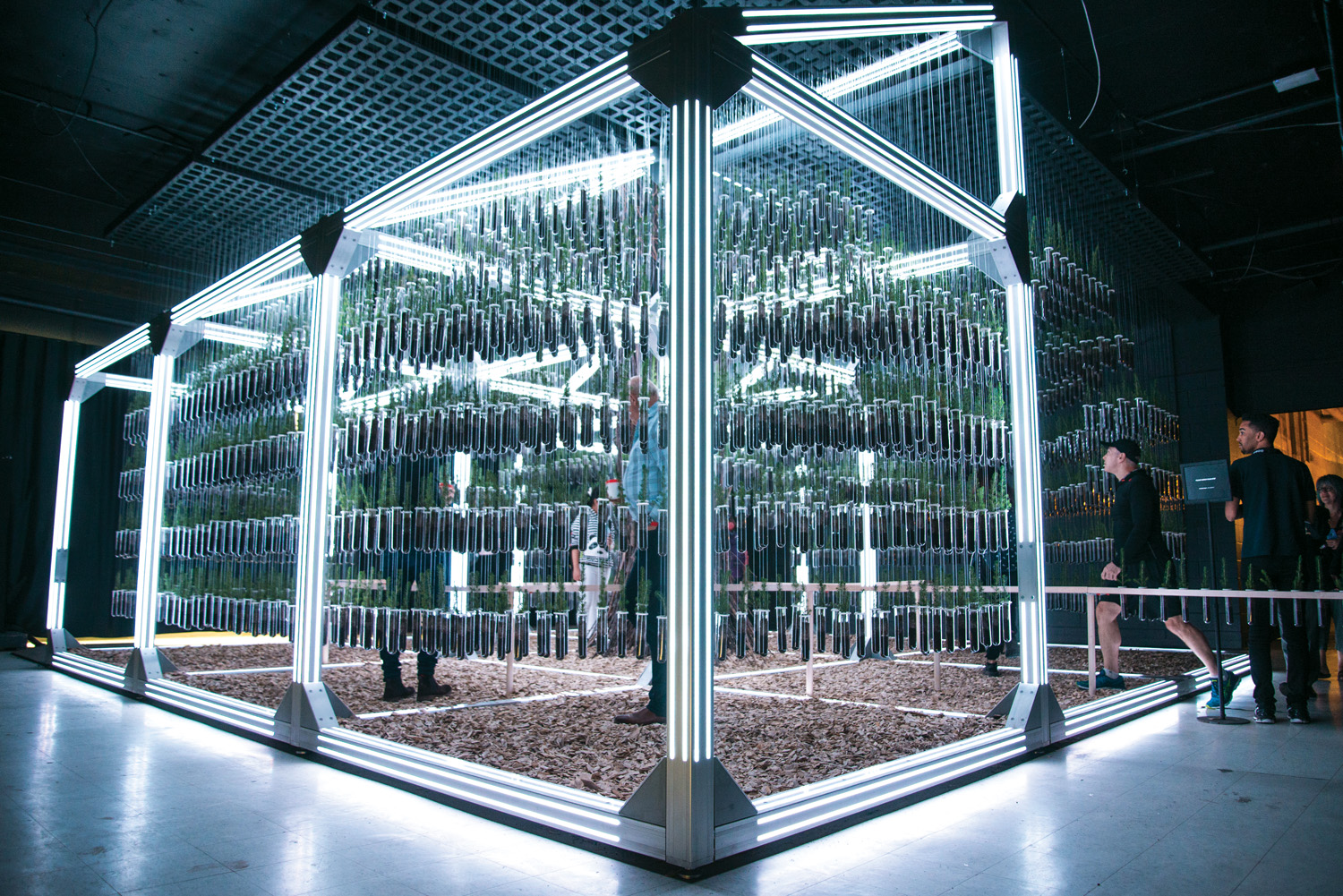
Mau is once again working to inspire others with a new book — MC24, in which he shares 24 design principles — scheduled for release this year in the fall. “The book will give anyone access to design thinking,” he says. “Especially for non-designers, it gives them a way of thinking that will accelerate their work. [The principles] can be applied to any problem in life — work, community, government.
In one example — “First inspire…lead by design.” — Mau points out that a designer’s principal job is to inspire. “It’s not a side effect,” he notes. “As a designer, you must move people to a new place. You can’t make them do anything. You can’t order or scold them. So much of the discussion about sustainability is about scolding. You’re a bad person if you don’t do this. Instead, follow the lead of [California automaker] Tesla, for example, who said, ‘I’m going to give you an experience that’s so awesome you’ll never want to drive anything else.’ That is [leading] by design.”
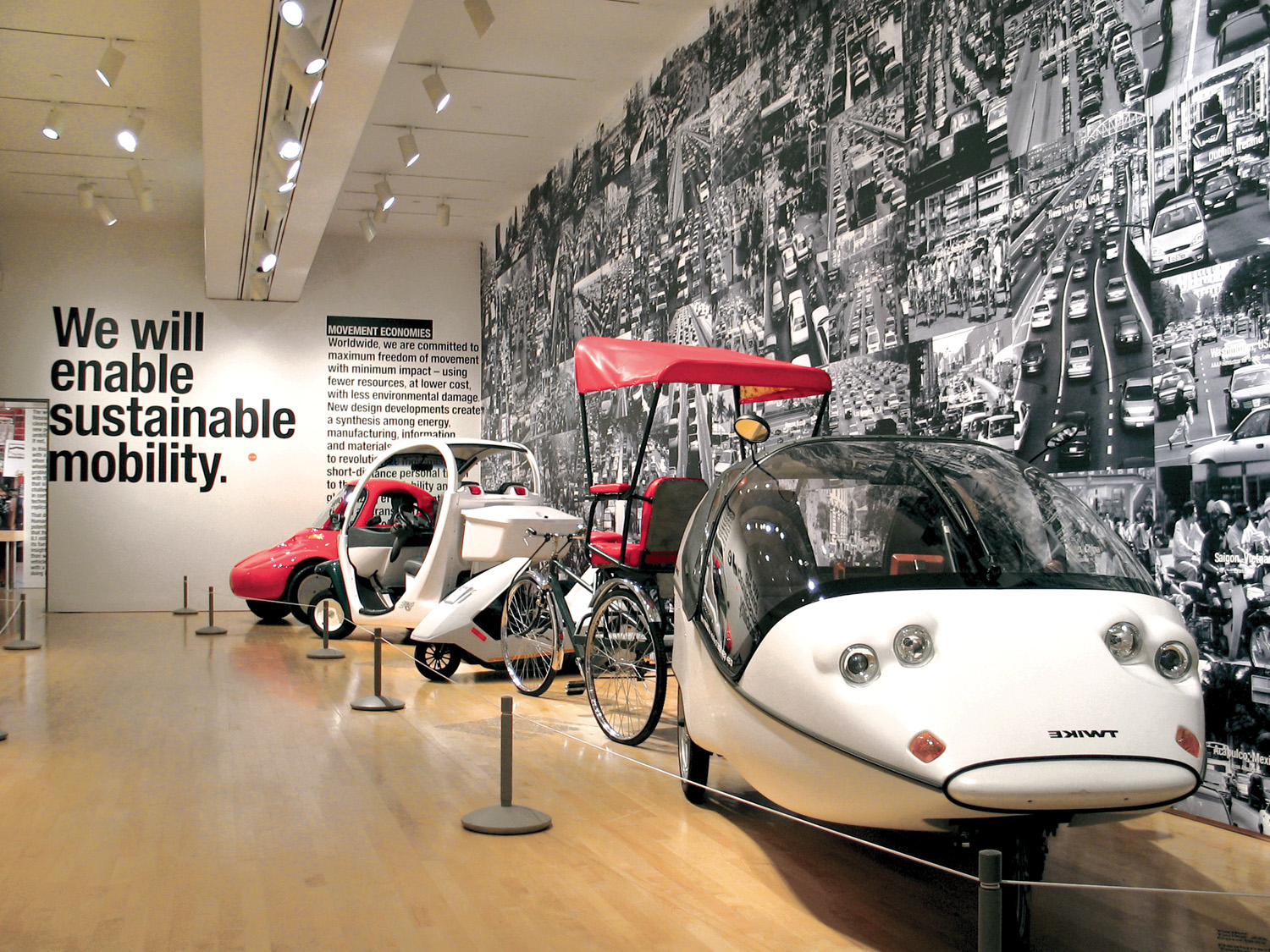
Helping others define their vision, or essentially problem-solve, is what provides Mau with the major rush he so often seeks. “I just love problems,” he says excitedly, adding that he’s not afraid to make mistakes. “Failure is a measure of creating new things. If you’re always succeeding, [then] you’re not innovating but just producing.” He jokes, “Stress is the only thing that keeps me vertical. I’m careful not to unwind.” In reality, however, Mau swims in his Chicago home’s heated pool multiple times each day as a way to decompress (“It’s even more fun to do on a crisp, cold day!”).
He also loves exploring new cities, though he loathes the experience of flying. “No matter how much we charge people, we cannot deliver a beautiful travel experience. It has been so degraded [and] the design quality cannot get any worse,” he laments, harking back to a time in the ’50s when KLM provided fliers with a small booklet describing the journey. “It had a little envelope made of water paper for placing your fountain pen because it might leak. It is from an era of elegance and dignity.”
Perhaps solving travel woes should be his next big project? “I’d do it for free!” Mau exclaims. “I’d love to do the airlines — it would be super-cool.”
By Shawna Cohen – *This article originally appeared in INSIGHT: The Art of Living | Spring 2018
Photos: Massive Change Network (MCN) ; Michael Buckner/Getty Images



